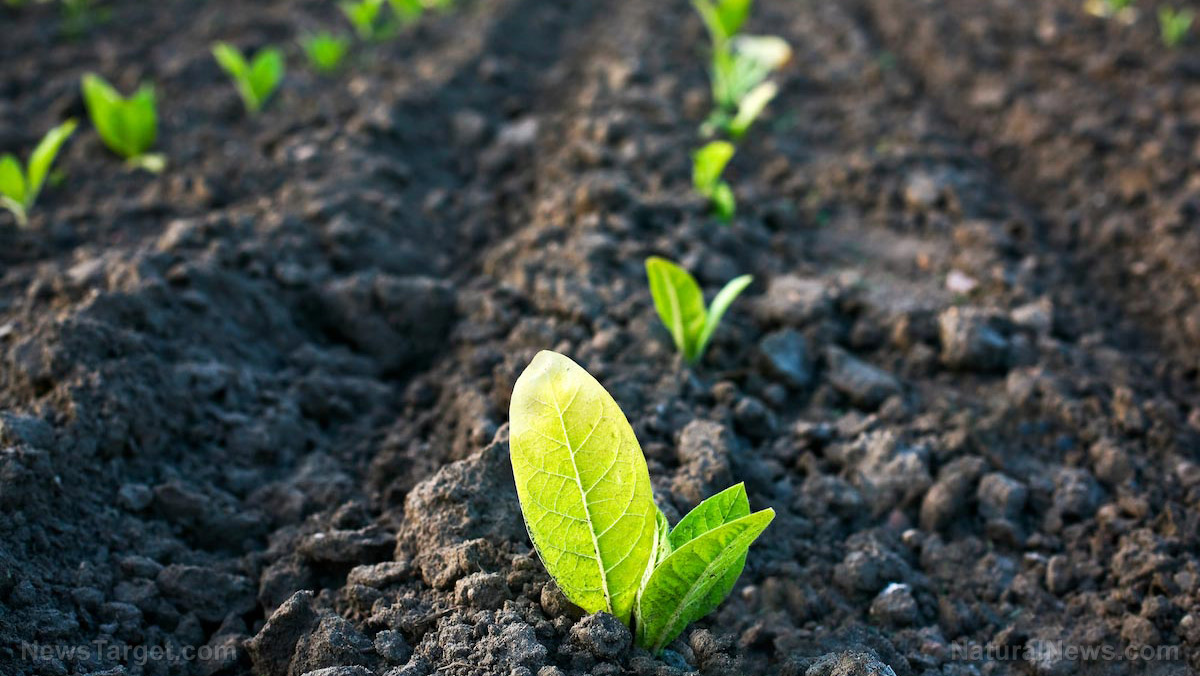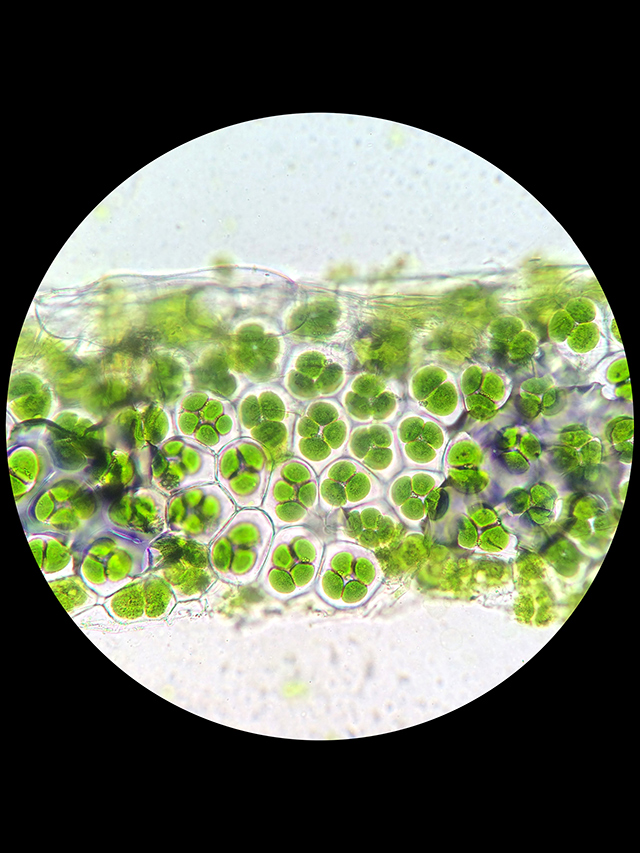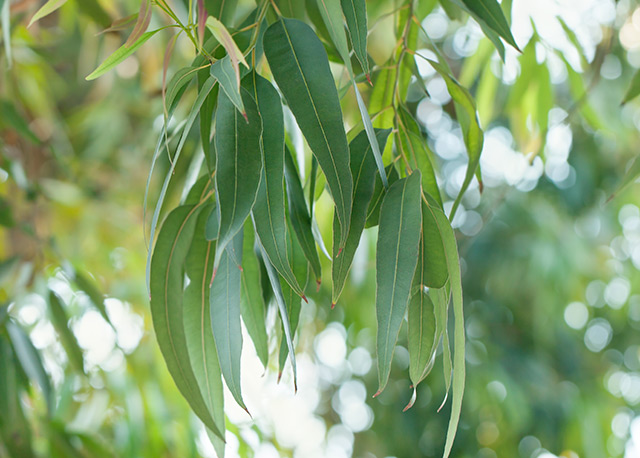Who knew even plants could “break up?”
According to a study, even though plants can cooperate, there are also times when these cooperative relationships break down.
Gijsbert Werner, Postdoctoral Fellow, and Stuart West, Professor of Evolutionary Biology, both in the Department of Zoology at the University of Oxford, explained that plants have various “below-ground interactions with beneficial soil microbes.”
In fact, one of the most crucial partnerships is an interaction between plant roots and arbuscular mycorrhizal fungi, which is a type of soil fungi.
Plant roots and soil fungi
The arbuscular mycorrhizal fungi create a network in the soil that gives the plant essential soil minerals, like phosphorus and nitrogen. Meanwhile, the fungi receive sugars from the plant.
This partnership between plants and fungi is necessary for plant growth, especially for different kinds of crops. In some cases, plants may receive a whopping 90 percent of their phosphorus from the soil fungi alone. (Related: Food crops produce more output when they have healthy soil microbes, research confirms… yet glyphosate kills soil life.)
Werner and West have partnered with a team of international researchers to learn more about plant cooperation. The researchers set out to determine why some plant partnerships thrive while others don’t work out.
To do this, the researchers studied a comprehensive database of plant-fungal interactions with information on thousands of species. They also referenced computer models to “reconstruct the evolutionary history of the partnership.”
The researchers shared that even though plants and fungi have worked together for over 350 million years, partnerships between plants and soil fungi can still “break down completely.”
After confirming that not all plant-fungus partnerships work out, the researchers looked into the reasons why the relationships failed. Based on data, they discovered that sometimes, the plants replaced the fungi with another cooperative partner who fulfilled the same function. These were replaced with either another fungi or bacteria.
There are also times when the plants had evolved an entirely different way of acquiring the necessary minerals. There were even some plants that turned into carnivorous plants which trapped and ate insects.
The study proved that even if the relationship was mutually beneficial, “cooperation between plants and fungi has been lost about 25 times.” The researchers were stumped that this proven and crucial partnership was still abandoned multiple times.
They posited that one reason for this was that within some environments, other partners or strategies were more effective at gathering minerals, resulting in the breakdown of previously cooperative relationships between plants and fungi.
One example is some carnivorous plants, which are usually found in nutrient-poor bogs. An ancient beneficial fungus, even if it’s known for efficiently sending nutrients to their partner plants, won’t be compatible with the environment. To compensate, the plants evolved so they could get nutrients by feeding on trapped insects.
The researchers are now trying to figure out “what conditions the various different nutrient strategies are found.” Further studies will determine where these plants keep their original fungi and where they turn to for other solutions to their nutrient deficiencies.
Ongoing research will also aim to figure out if there are fungi that can evolve into “cheaters,” or fungi that can benefit from the partnership without necessarily contributing to it and eventually causing its breakdown.
Fast facts on arbuscular mycorrhizal fungi
- While arbuscular mycorrhizal fungi colonize the roots of various plants, the plants remain unharmed. The plant and fungi have a symbiotic or “mutually beneficial” relationship.
- The fungi help the plant obtain nutrients and water more efficiently. The plant then becomes the energy source of the fungus by giving it sugars.
- The arbuscular mycorrhizal fungus is a network of filaments that grow in and around the plant root cells that turns into a mass which extends far beyond the plant’s root system. This allows the plant to reach necessary water and nutrients so it can thrive.
Learn more about other findings on plants and soil microbes at Research.news.
Sources include:
ScienceDaily.com
WallaceWow.com



















